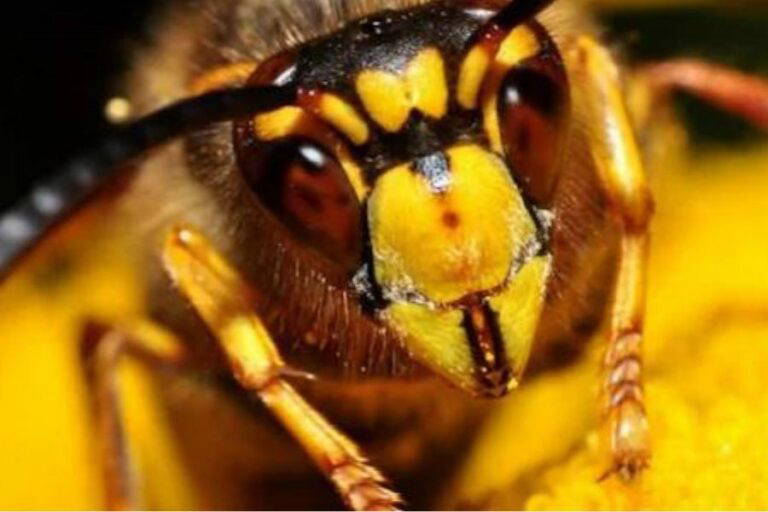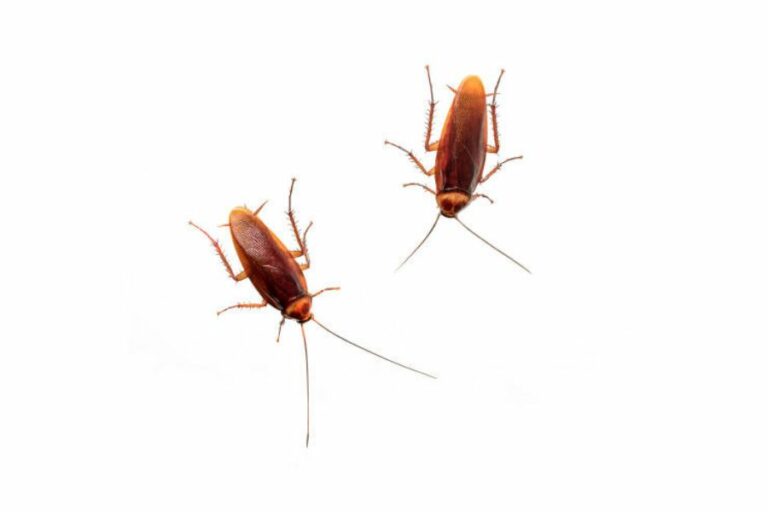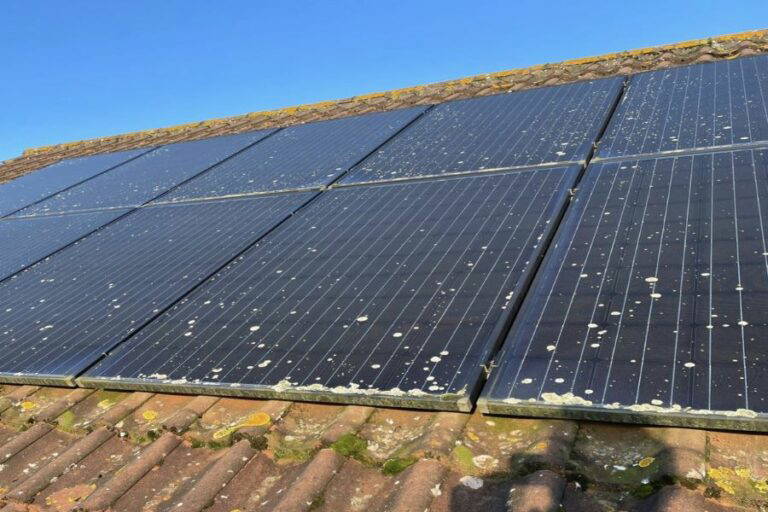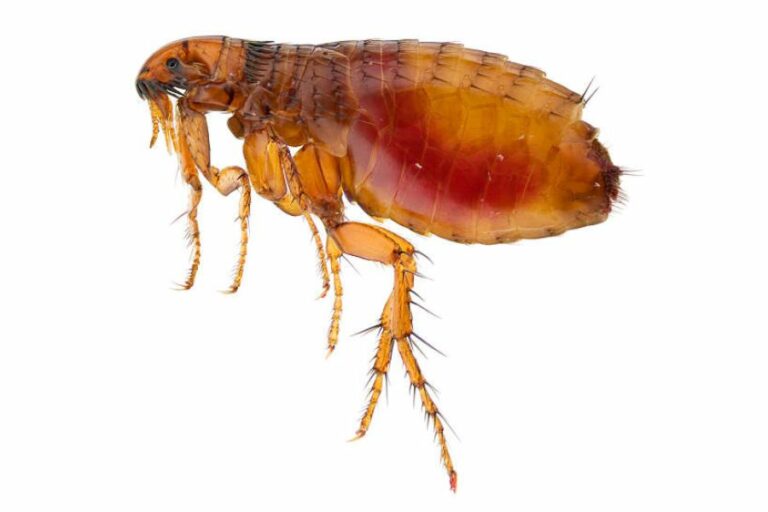Bee Nests and Bee Treatments: Removal Strategies

Bee Nest and Bee Treatments Unveiled: Expert Insights, Treatment Services, Removal Services, and Effective Prevention Strategies
Discover the fascinating world of bee nests and bee treatments in our comprehensive blog. We provide expert insights to guide your decisions, from effective methods to make bees go away to the advantages of professional bee nest removal. Learn about the differences between bee nest treatment and removal and whether they can be done simultaneously. Understand the risks of DIY removal and explore environmentally friendly alternatives.
We address common concerns like finding bee treatments or removal services near you, eliminating nests on roofs or wall cavities, and preventing bees from nesting, swarming, or causing damage. Gain valuable tips to safeguard wooden structures and minimise the risk of bee stings. Join us as we delve into the secrets of bee nest management, ensuring a harmonious coexistence with these incredible creatures.
How to make bees go away?
When it comes to making bees go away, there are various approaches you can consider. You can utilise natural repellents, explore DIY methods, or rely on professional insecticidal treatments and removal services. However, for the best, safest, and most successful outcome, opting for professional wasp removal services is highly recommended.
Should I hire a professional for bee treatments or removal?
Absolutely! Hiring a professional for bee nest treatment or removal is strongly recommended. Here’s why:
Firstly, professionals have the necessary expertise and experience to assess the situation accurately. They can identify the type of bees, evaluate the nest size, and determine the appropriate treatment or removal method.
Secondly, bee nests can be complex and potentially dangerous without proper knowledge and protective gear. Professionals are equipped with the right tools and protective clothing to ensure their safety and prevent mishaps.
Furthermore, professional bee nest treatment or removal ensures thoroughness. They can address the visible nest and any underlying issues, such as hidden nests or potential entry points, to prevent future infestations.
Lastly, professionals adhere to ethical practices that prioritise the preservation of bee populations and environmental sustainability. They can employ methods that minimise harm to bees while effectively dealing with the nest.
Hiring a professional for bee nest treatment or removal provides peace of mind, efficient results, and a safer approach to managing bee infestations.

What is the difference between bee treatments and a bee nest removal?
When it comes to bee treatment management, it’s essential to understand the difference between bee nest treatment and bee nest removal. Here’s a detailed explanation:
Bee Treatments
Bee treatments typically involves the application of professional insecticidal dust or spray to the nest. This treatment aims to eliminate the bees present in the nest effectively. The insecticidal dust targets and kills the bees, ultimately eradicating the colony. Professional pest control services often utilise specialised products formulated explicitly for bee control.
For instance, Liverpool pest control services by GoKill offer bee nest treatment where professional insecticidal dust is applied to the nest. This treatment ensures that the bees are eliminated efficiently. In cases where the nest remains active after the initial treatment, GoKill provides an additional spray treatment at no extra cost within 7-10 days to ensure complete eradication.
Bee Nest Removal and Relocation
On the other hand, bee nest removal involves physically removing the entire nest from its location. This option is usually chosen when the goal is to relocate the bees rather than exterminate them. Professional beekeepers or pest control services specialising in bee removal employ techniques to safely extract the nest without causing harm to the bees.
Bee nest removal and relocation allow for preserving the bee population, which is essential for ecological balance and pollination. The removed nest is typically relocated to a suitable environment where the bees can thrive without posing a nuisance or danger to humans.
In summary, bee nest treatment focuses on eliminating the bees within the nest using professional insecticidal dust, ensuring effective eradication. On the other hand, bee nest removal involves physically removing and relocating the nest, providing a humane approach that preserves the bee population. The choice between treatment and removal depends on factors such as the severity of the infestation, the desired outcome, and considerations for bee conservation. Consulting with a professional pest control service can help determine the most suitable approach for your situation.
Can you treat a bee nest and remove them at the same time?
No, it is not advisable or safe to treat and remove a bee nest simultaneously. Bee nest treatments typically involve applying insecticidal products that can agitate the bees and trigger defensive behaviours. Bees may become aggressive and swarm when their nest is disturbed or when they perceive a threat. Attempting to remove the nest immediately after treatment increases the risk of provoking the bees and potentially getting stung.
Allowing sufficient time for the treatment and for the bees to be eliminated before considering nest removal is crucial. Once the bees have been effectively treated and are no longer active, proceeding with the removal process is safer. Hiring a professional pest control service or beekeeper specialising in bee nest removal ensures that the process is carried out safely, minimising the risk to both the handler and the bees.
Remember, safety should always be the top priority when dealing with bee nests, and seeking professional assistance is strongly recommended to ensure a successful and secure removal process.
What are the risks of bee nest removal without professional assistance?
Attempting bee nest removal without professional assistance can pose significant and dangerous risks. Here are some of the potential dangers associated with DIY bee nest removal:
- Aggressive Bee Behaviour: Bees are highly protective of their nests and can become extremely aggressive when they sense a threat. Without proper knowledge and equipment, disturbing the nest can lead to aggressive swarming, increasing the likelihood of multiple bee stings.
- Allergic Reactions: Bee stings can cause severe allergic reactions in individuals who are allergic to bee venom. These reactions can range from localised swelling and pain to life-threatening anaphylaxis. Without the necessary precautions and medical support, attempting bee nest removal puts you at risk of experiencing severe allergic reactions.
- Falls and Accidents: Bee nests are often found in high or hard-to-reach locations, such as on roofs, trees, or in wall cavities. Climbing ladders or precarious structures to access the nest can lead to falls and accidents, resulting in injuries.
- Inadequate Protection: Proper protective gear, including beekeeping suits, gloves, and veils, is essential when dealing with bee nests. Without the right equipment, you are vulnerable to bee stings on exposed body areas, including the face, neck, and hands.
- Incomplete Removal: DIY nest removal techniques may only effectively remove part of the nest, leaving remnants that can attract more bees or cause structural damage to your property.
Given the inherent dangers involved, attempting to remove an active bee nest with professional assistance is strongly advised. Skilled beekeepers or pest control professionals possess the knowledge, experience, and protective gear to safely and effectively handle bee nest removal, minimising the risks to yourself and the surrounding environment.
Are there any environmentally-friendly methods for bee nest removal?
Yes, environmentally-friendly methods available for bee nest removal prioritise the preservation of bees and the ecosystem. Here are some eco-friendly approaches to consider:
- Bee Relocation: Instead of exterminating the bees, a professional beekeeper or pest control service specialising in bee removal can safely relocate the entire nest. The bees are carefully captured and transported to a suitable location, such as an apiary or a designated area where they can continue their essential pollination activities.
- Trap and Release: Specialised bee traps can capture individual bees or swarm clusters. Once captured, they can be safely released in a suitable outdoor location away from human habitation.
- Natural Deterrents: Some natural substances, such as citrus oils, peppermint oil, or vinegar, are known to deter bees. These can be used as a repellent to discourage bees from building nests in unwanted areas.
- Prevention Measures: Implementing preventive measures can discourage bees from nesting in the first place. This can include sealing potential entry points, such as cracks or gaps in buildings, using fine mesh screens to cover vents and openings, and keeping outdoor areas free from attractants like food and sweet-smelling flowers.
When considering bee nest removal, consulting with professionals who prioritise environmentally-friendly practices is crucial. They will have the knowledge and expertise to assess the situation and choose the most suitable method to minimise harm to bees and promote their conservation.
Are you search bee nest removal near me?
Look no further! Liverpool Pest Control Services by GoKill is here to assist you with immediate responses to your bee problems. Whether you need professionals for bee treatments or safe removal services, we have you covered. You can contact us by phone or email, visit our website for more information, or fill out our convenient contact box for prompt assistance. Our team of experts is well-equipped to handle any bee-related issue, ensuring your safety and peace of mind. Don’t let bee nests cause you distress. Reach out to Liverpool Pest Control Services by GoKill today, and let us help you resolve your bee problems effectively and efficiently.

Should I get rid of a bee nest on my roof?
Yes, it is vital to prioritise the safety of your family.
How do I get rid of a bee nest on my roof?
When removing a bee nest on your roof, it is highly recommended that you do not attempt it on your own. This is due to the potential dangers associated with working at heights and dealing with stinging insects.
Instead, seek out professional bee removal services. They have the necessary experience, knowledge, and equipment to handle the situation safely. Professional beekeepers or pest control experts specialising in bee removal will assess the nest, identify the bee species, and employ the appropriate methods to remove the nest without causing harm to you, your family, or the bees.
Working at heights poses significant risks, and attempting to remove a bee nest without professional assistance increases the likelihood of accidents, falls, and potentially agitating the bees, leading to stinging incidents. It is always best to rely on trained professionals with the expertise to handle the task safely and effectively.
By engaging professional bee removal services, you can ensure that the bee nest on your roof is removed in a controlled and secure manner, minimising the risks and ensuring the well-being of everyone involved.
How do I get rid of a bee nest in a wall cavity?
When dealing with a bee nest in a wall cavity, relying on professional bee treatment is crucial as the appropriate course of action. Unlike nests in open areas, nests in wall cavities cannot be physically removed. Experienced bee engineers have the expertise and knowledge to handle such situations. They will assess the nest and provide the necessary guidance on proceeding. Following their advice and staying away from the nest is essential for safety reasons. Attempting to remove the nest yourself can be dangerous and may result in further complications. Trusting professionals ensures that the bee activity is effectively eliminated while minimising the risks associated with accessing and handling the nest within the wall cavity.
How to prevent bees from nesting?
Seal any potential entry points on your property to prevent bees from nesting. Inspect your home and outdoor structures for gaps, cracks, and openings where bees can establish nests. Use caulk or weather stripping to seal these areas, including gaps around windows, doors, vents, and utility pipes. Regularly check for signs of bee activity and address them promptly to discourage nest-building.
How to prevent bees from swarming?
Bees swarm when their colony becomes overcrowded. To minimise swarming:
- Provide ample space for the bees by using larger hive boxes or adding supers to existing hives.
- Regularly inspect hives to ensure they have sufficient room for expansion.
- Conduct proper colony management, including frequent inspections, monitoring queen health, and performing timely hive splits or swarm prevention techniques, as advised by experienced beekeepers.
How to prevent bees from entering my house?
Inspect the exterior for gaps or cracks in walls, siding, and soffits to prevent bees from entering your house. Seal any openings with caulk or appropriate sealants to prevent bee access. To create a barrier, install fine mesh screens on windows, vents, and openings. Keep doors and windows closed or use screens to prevent bees from entering. Trim vegetation away from the house to discourage bee nesting near entrances.
How to prevent bees from coming back?
To prevent bees from returning, removing any attractants or nesting sites is essential. Clean up food and beverage spills promptly, as sweet substances can attract bees. Keep trash cans tightly sealed and keep them away from living spaces. Remove old or decaying wood, as some bees are attracted to it for nesting. Regularly inspect your property for potential bee nesting areas and address them proactively.
How to prevent bees from eating wood?
Ensure all exposed wood surfaces are correctly sealed or treated to prevent bees from eating wood. Apply a high-quality paint, varnish, or wood sealant to protect the wood from bee damage. Regularly inspect wooden structures for signs of bee activity, such as small holes or sawdust-like frass, and promptly address any infestations.

How to prevent bees from stinging you?
To minimise the risk of bee stings, follow these precautions:
- Avoid wearing bright-coloured or floral-patterned clothing, as they can attract bees.
- Don’t wear strong perfumes or scented lotions, which may attract bees.
- Move calmly and slowly around bees without making sudden movements or loud noises.
- Do not disturb or swat at bees unnecessarily.
- If bees are present, calmly and slowly walk away from their vicinity.
- If you encounter a swarm of aggressive bees, seek shelter indoors or cover your face and head with clothing or a towel and move away.
- If you have known allergies to bee stings, always carry a prescribed epinephrine auto-injector and inform those around you about your allergy. Seek immediate medical attention if stung.
While bees are undoubtedly fascinating and essential for the environment, their presence can become hazardous and pose safety risks. In such situations, it becomes crucial to address the issue promptly. Instead of attempting natural repellents or DIY methods, it is paramount to prioritise safety and seek professional bee treatment and removal services. Professionals have the knowledge, experience, and proper equipment to handle bee-related problems effectively. By relying on their expertise, you ensure a safer and more successful resolution. Whether treating a bee nest or removing it altogether, professional services offer the necessary skills and techniques to minimise risks and protect you and the bees. Regarding potentially dangerous situations involving bees, the importance of safety cannot be overstated, making professional intervention the optimal choice.





